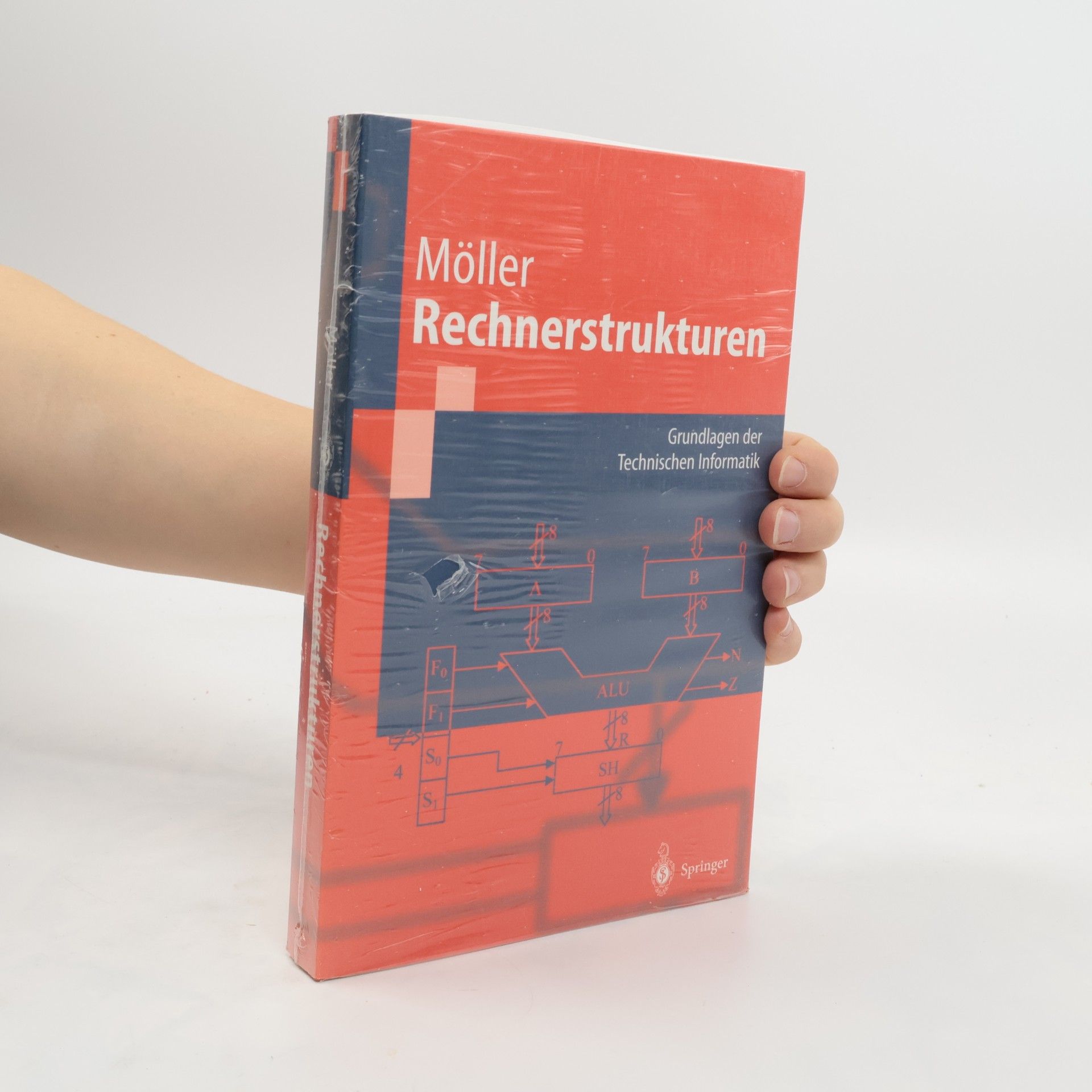Technische Informatiksysteme bilden einen Grundpfeiler der Informationstechnologie. Sie berücksichtigen sowohl die Hardware, d. h. die Technologie, als auch die Software, d.h. die Codierung von Informationen und die Programmierung. Das Buch behandelt die Grundlagen der technischen Informatik in der erforderlichen systematisch-didaktischen Breite. Ziel ist die Vermittlung der grundlegenden Konzepte, Organisationsformen und Entwurfsmethoden zur Realisierung technischer Informatiksysteme und deren Vernetzung einschließlich Betriebssoftware. Dazu werden Methoden zur formalen Beschreibung ebenso vorgestellt wie die Modellierung und Bewertung technischer Informatiksysteme auf unterschiedlichen Abstraktionsebenen.
Dietmar Möller Livres
